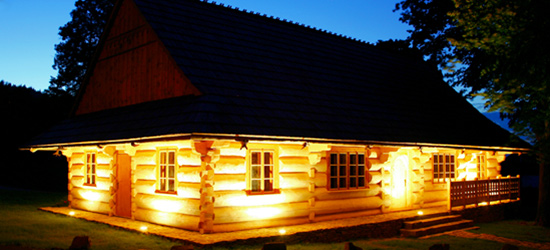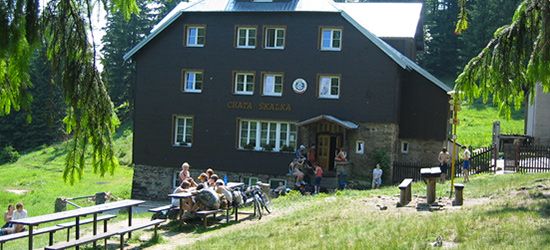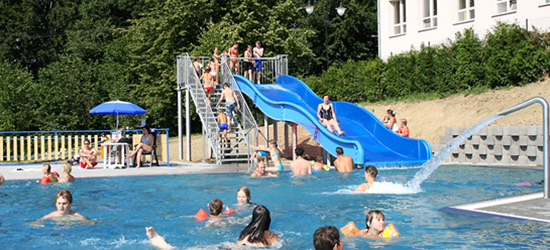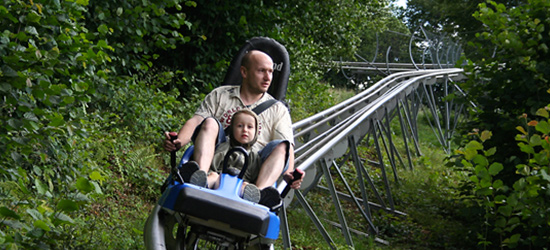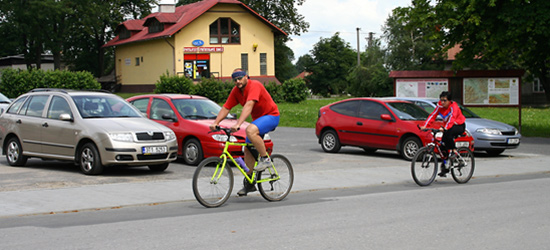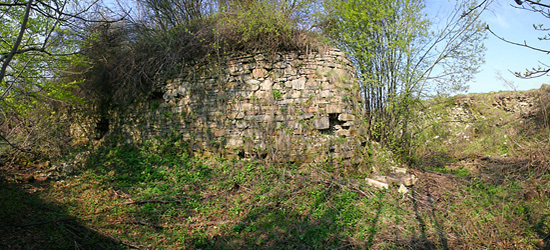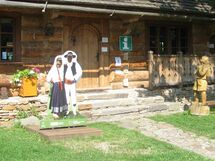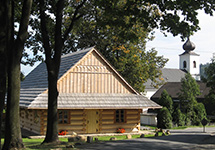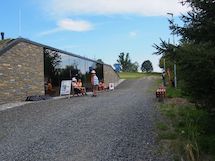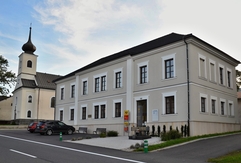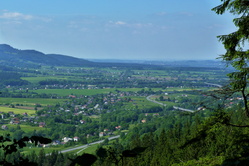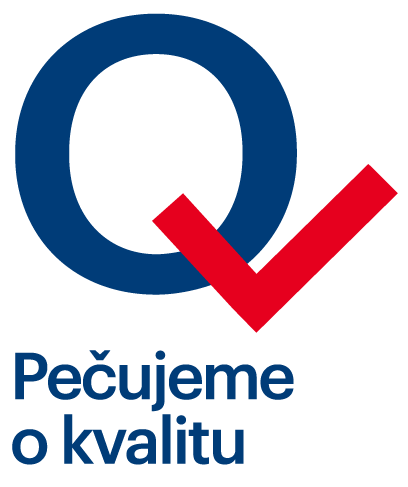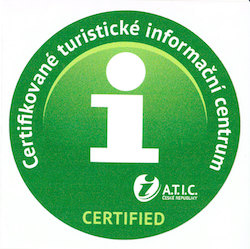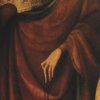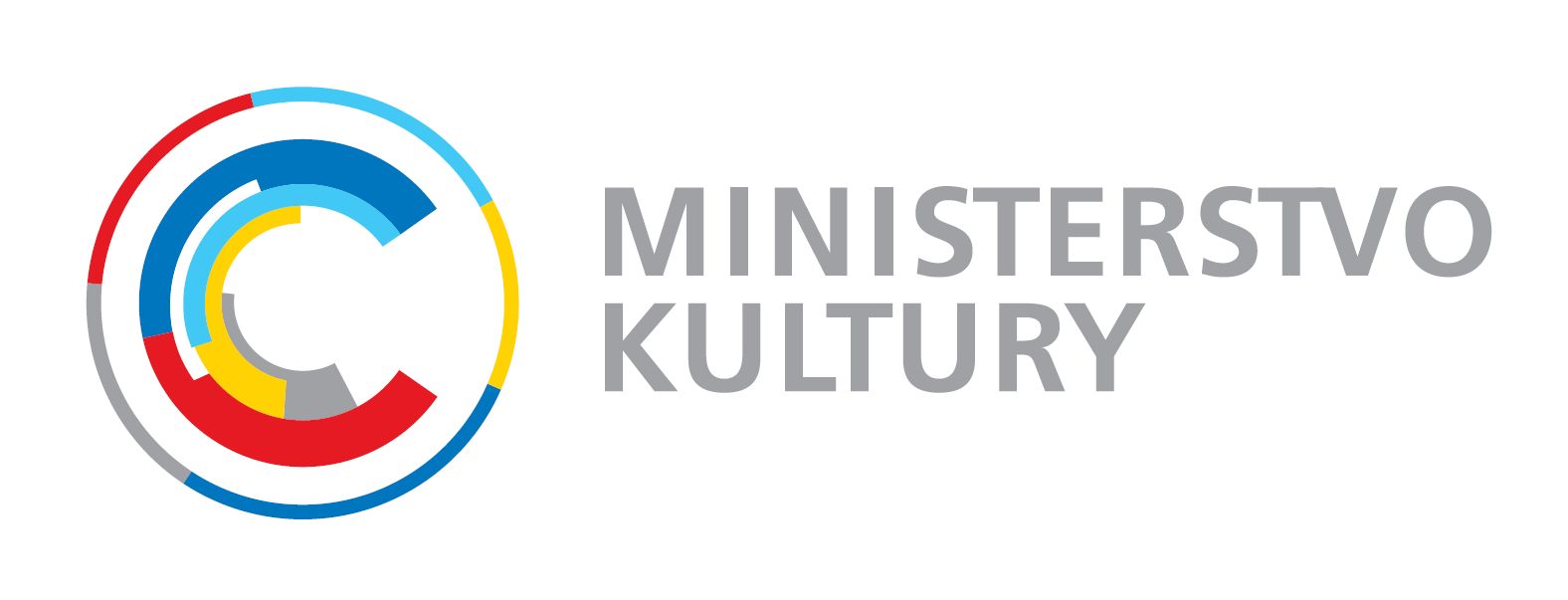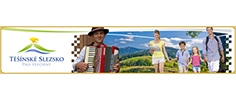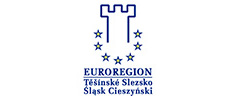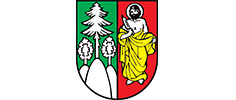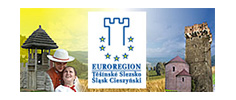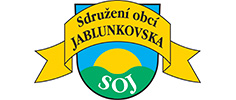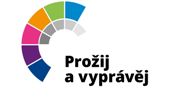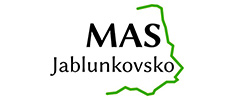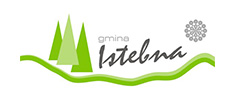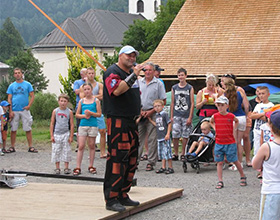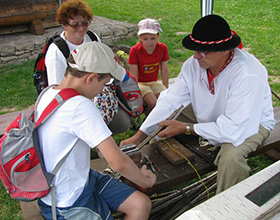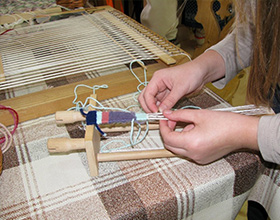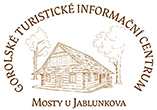Hedvika’s life
Hedvika (Hedwig) was born into a family of dukes from Diessen-Andechs some time between 1170 and 1178 (the most frequently given date is 1174). She was the daughter of Berthold VI (†1204), one of the most important members of the dynasty. As the Duke of Merania, Berthold was one of Bavaria’s most influential men. Hedvika’s mother was Agnes of Wettin (Rochlitz) (†1195), the daughter of Dedi V, the margrave of Lower Lusatia, a province bordering on Silesia.
As was the custom at the time, Hedvika’s upbringing was entrusted to the Benedictine nuns of Lutzingen when she was five years old. She received a very thorough education. She was originally to be betrothed to Toljen, the son of the Serbian king Miroslav, but this plan came to nothing and instead she was engaged to Henry the Bearded, the Piast Duke of Silesia, whom she married at some time between 1186 and 1190. Hedvika had become used to convent life, fervently reading the Holy Bible, and now she had to live in a land where a Slavic language was spoken. Although she had to carry out family duties, she also accompanied her husband on his journeys and court appearances, and soon gained a reputation – even among the local Polish population – as a generous ally. She cared for the poor and sick, whom she saw as similar to the crucified Christ, regardless of their nationality.
Soon, however, fate turned against her. Pfalzgrave Otto von Wittelsbach asked for her daughter’s hand in marriage. The king of Germany, Philip of Swabia, warned Henry and Hedvika that Otto had a violent nature. When Otto found out, he had the king murdered, and was excommunicated by the Holy Roman Emperor. Among his supporters were Hedvika’s brothers Egbert and Henry. All were executed, and the castle of Andechs was razed to the ground. Hedvika’s sister, Gertrude of Merania, married the Hungarian king Andrew II and was murdered in 1214. Her sons Henry and Konrad became embroiled in a fratricidal war; Konrad was defeated and later died after falling from his horse. Hedvika’s husband, Henry the Bearded, died in 1238 as a result of military conflicts among factions in Poland, and her favourite son Henry II the Pious fell in battle against the Tartars (1241).
Vow of purity
A major turning point in Hedvika’s life came when, together with her husband, she took the vow of purity. From this moment on Hedvika was considered to be a true ‘mother of her people’, as she was known during her lifetime. She was active in establishing monasteries and hospitals, did much charity work, and was active in monitoring the court system. However, she never lost sight of her limitations, and always respected the rule of her husband. On Hedvika’s wishes, a Cistercian convent was established in 1203 at Trzebnica near Wroclaw – the first convent on Silesian territory, led by one of her daughters. She founded a hospital in Wroclaw – also the first in Silesia – and later set up a refuge for lepers.
Hedvika the ascetic
On her travels throughout Silesia, Hedvika was always accompanied by an entourage of thirteen paupers. She often gave them her food, contenting herself with simple fare. Because her family and her husband’s family were both being destroyed by bloody conflicts, she decided to cure hatred with love, guilt with reconciliation. Her penances were often extreme: she would walk barefoot in the winter and fast for long periods. She often wore the same clothes as her servants.
When Hedvika’s husband died, she retreated to the convent in Trzebnica, where she had often stayed. She lived out her days there without giving up the charitable work to which she had devoted her entire life. The last blow to strike her was the death of her son Henry, who was to have succeeded his father. Hedvika found the inner strength to comfort her daughter and daughter-in-law, but she died soon afterwards (14 October 1243).
Canonization
Immediately after her death in 1243, Hedvika became the focus of a cult of veneration which eventually led to her canonization by Pope Clement VI on 26 March 1267 in the Italian city of Viterbo. St Hedvika (Hedwig) became the patron of Silesia, Poland, Christian marriages and families, reconciliation and creative cooperation among nations, building churches, and – on 16 October 1978 – the patron of the election of Pope John Paul II. Iconographic depictions of Hedvika show her either as a duchess or (less frequently) as a Cistercian nun. She is often shown holding a model of the convent in Trzebnica, praying in front of a cross, giving alms, or carrying her shoes – a reference to her habit of walking barefoot.
Hedvika’s family
father Berthold VI of Merania
mother Agnes of Rochlitz
brother Otto I of Merania
brother Berthold VII of Merania
brother Henry of Merania
brother Egbert of Merania
sister Gertrude of Merania
sister Agnes Marie of Merania
husband Henry I the Bearded
son Boleslav
daughter Agnes
daughter Sofie
son Konrad
son Henry II the Pious
daughter Gertrude - Abbess




